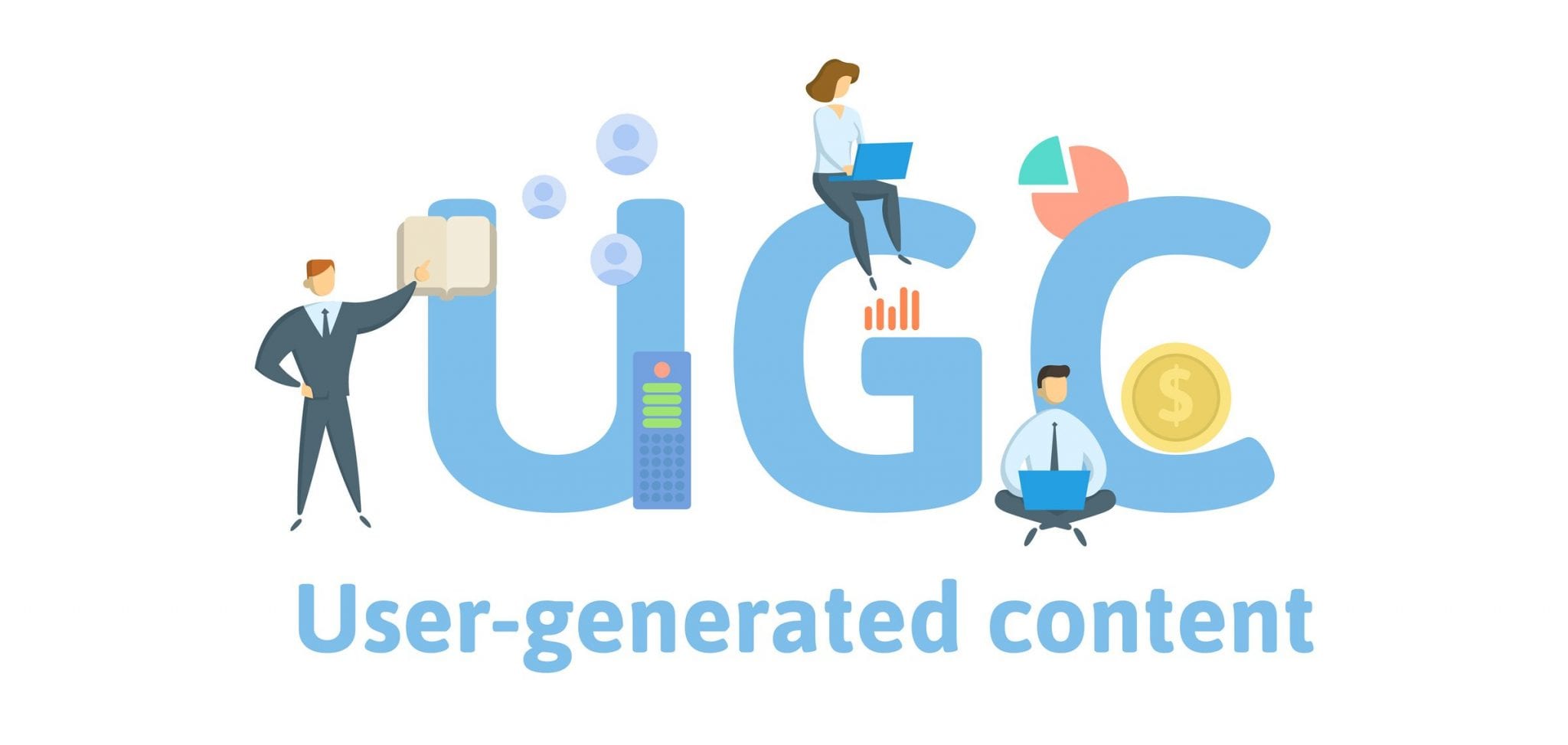
In the digital age, the landscape of marketing and brand engagement has undergone a seismic shift. One of the most transformative elements in this evolution is User-Generated Content (UGC). User-Generated Content refers to any form of content—text, videos, images, reviews, etc.—created by consumers rather than brands. This content is often shared on social media platforms, review sites, and other online forums. As the internet becomes increasingly social and interactive, UGC has emerged as a powerful tool for brands to engage with their audience, build trust, and drive conversions.
The Rise of User-Generated Content
The rise of UGC can be attributed to several factors, including the proliferation of social media platforms, the increasing availability of high-quality mobile cameras, and the growing desire for authentic, relatable content. Traditional advertising methods are often perceived as intrusive and less credible, whereas UGC offers a more genuine and relatable alternative. According to a study by Nielsen, 92% of consumers trust organic, user-generated content more than they trust traditional advertising.
The Influence of Social Media
Social media platforms like Instagram, Facebook, Twitter, and TikTok have been instrumental in the growth of UGC. These platforms provide users with the tools to create and share content easily, making it accessible to a global audience. Hashtags, challenges, and user tags have further amplified the reach of UGC, making it a viral phenomenon. For instance, Instagram’s #ShareACoke campaign by Coca-Cola encouraged users to share photos of personalized Coke bottles, resulting in over 500,000 photos shared and a significant boost in brand engagement.
The Role of Technology
Advancements in technology have also played a crucial role. High-quality cameras on smartphones, user-friendly editing software, and various content-sharing platforms have made it easier than ever for consumers to create and share content. Moreover, the rise of influencer marketing has blurred the lines between professional content and UGC, further elevating its importance.
Why Brands Are Embracing User-Generated Content
Brands are increasingly recognizing the value of UGC for several compelling reasons:
Authenticity and Trust
In an era where consumers are bombarded with advertisements, authenticity stands out. UGC offers a sense of genuineness that traditional advertising often lacks. When potential customers see real people using and endorsing a product, it builds trust. According to a survey by Stackla, 79% of people say UGC highly impacts their purchasing decisions, indicating its powerful influence.
Cost-Effectiveness
Creating high-quality branded content can be expensive and time-consuming. UGC offers a cost-effective alternative. Brands can leverage content created by their users, reducing the need for extensive in-house production. This not only saves money but also diversifies the types of content available for marketing campaigns.
Community Building
UGC fosters a sense of community and belonging. When brands feature content created by their users, it makes those users feel valued and appreciated. This can lead to increased brand loyalty and advocacy. For example, GoPro frequently shares videos and photos captured by its users, creating a vibrant community of adventurers and outdoor enthusiasts.
Improved SEO and Online Presence
UGC can also boost a brand’s online presence and improve its search engine optimization (SEO). User reviews, testimonials, and other forms of UGC can drive organic traffic to a brand’s website. Search engines favor fresh, unique content, and UGC provides a continuous stream of it. Additionally, featuring UGC on a brand’s website can improve engagement metrics, such as time spent on the site and page views, which are essential for SEO.

How Brands Are Leveraging User-Generated Content
Brands across various industries are leveraging UGC in innovative ways to enhance their marketing strategies. Here are some effective methods:
Social Media Campaigns
Social media campaigns are one of the most popular ways to leverage UGC. Brands create hashtags and encourage their followers to share content related to the brand or a specific campaign. This not only generates a large volume of content but also increases brand visibility. For example, Airbnb’s #AirbnbExperiences campaign encouraged users to share their unique travel experiences, resulting in thousands of posts and increased engagement.
Customer Reviews and Testimonials
Customer reviews and testimonials are a powerful form of UGC. Brands can feature these reviews on their websites, social media pages, and other marketing materials. Positive reviews build credibility and influence potential customers’ purchasing decisions. Amazon, for instance, prominently displays customer reviews and ratings on its product pages, helping shoppers make informed choices.
Contests and Giveaways
Contests and giveaways are another effective way to generate UGC. Brands can ask users to submit photos, videos, or stories for a chance to win prizes. This not only encourages content creation but also boosts engagement and excitement around the brand. The Starbucks White Cup Contest, where customers were invited to decorate their Starbucks cups and share photos, is a prime example. The contest generated thousands of entries and significant social media buzz.
Influencer Collaborations
Collaborating with influencers is a strategic way to leverage UGC. Influencers have a loyal following and can create high-quality content that resonates with their audience. Brands can partner with influencers to promote their products authentically. For example, fashion brand Daniel Wellington collaborates with influencers who share photos of themselves wearing the brand’s watches, generating a wealth of UGC that enhances the brand’s image.
Featuring UGC on Brand Channels
Brands can also feature UGC on their own channels, such as websites, social media pages, and email newsletters. This not only showcases the brand’s community but also provides a diverse range of content that keeps the audience engaged. Clothing brand H&M frequently features photos of customers wearing their products on their Instagram page, creating a sense of community and authenticity.
Challenges and Considerations
While UGC offers numerous benefits, it also comes with its challenges and considerations. Brands must ensure that the content they feature aligns with their values and brand image. There are also legal considerations, such as obtaining permission from users to use their content and giving proper credit. Additionally, brands must be prepared to manage and moderate the content to ensure it is appropriate and high-quality.
Conclusion
The growth of User-Generated Content represents a significant shift in the way brands engage with their audience. By leveraging UGC, brands can build authenticity, trust, and community while also benefiting from cost-effective and diverse content. As technology continues to evolve and social media platforms expand, the importance of UGC in brand marketing strategies is only set to increase. Brands that effectively harness the power of UGC will be well-positioned to thrive in the dynamic digital landscape.










